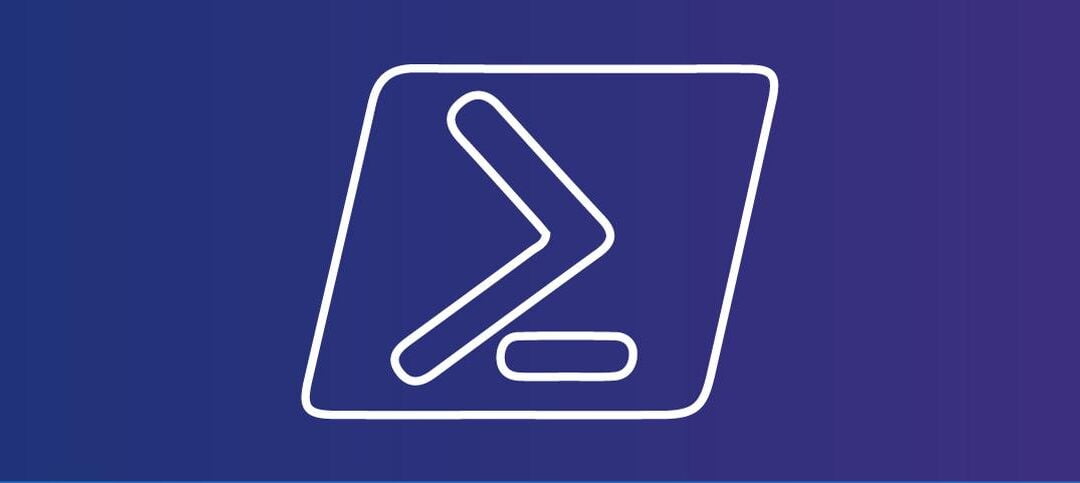PowerShell is a powerful scripting language that is widely used in the IT industry for automation and administration tasks. However, it can also be a potential security risk if not properly managed and secured on end user computers. In this blog post, we will explore how to lock down PowerShell on end user computers using CyberArk, a leading privileged access management solution.
Understanding the Risks
PowerShell provides a wide range of capabilities, allowing users to execute commands and scripts with administrative privileges. This can be exploited by attackers to gain unauthorized access, escalate privileges, or execute malicious code on a compromised system.
By locking down PowerShell, organizations can reduce the attack surface and mitigate the risk of unauthorized access or malicious activities. CyberArk offers a comprehensive solution to secure and manage privileged accounts, including PowerShell.
Implementing PowerShell Security with CyberArk
Here are the steps to lock down PowerShell on end user computers using CyberArk:
Step 1: Discover and Manage Privileged Accounts
CyberArk provides capabilities to discover and manage privileged accounts, including those associated with PowerShell. This allows organizations to have full visibility and control over who has access to PowerShell and what they can do with it.
Step 2: Implement Least Privilege
With CyberArk, organizations can enforce the principle of least privilege by granting users just the necessary privileges to perform their tasks. This helps to minimize the risk of unauthorized access or misuse of PowerShell.
Step 3: Secure Credential Management
CyberArk offers secure credential management for PowerShell, allowing organizations to store and retrieve credentials securely. This ensures that sensitive information, such as passwords or API keys, are not exposed in scripts or command-line parameters.
Step 4: Application Control
CyberArk enables organizations to implement application control policies for PowerShell. This allows administrators to define which scripts or commands are allowed to run, preventing the execution of potentially malicious or unauthorized code.
Step 5: Monitoring and Auditing
By leveraging the monitoring and auditing capabilities of CyberArk, organizations can track and record all activities related to PowerShell. This includes command execution, script usage, and any attempts to bypass security controls. This information can be used for forensic analysis and compliance purposes.
Benefits of Locking Down PowerShell with CyberArk
Locking down PowerShell with CyberArk provides several benefits:
- Enhanced Security: By implementing the recommended security measures, organizations can significantly reduce the risk of PowerShell-related security incidents.
- Compliance: Locking down PowerShell helps organizations meet regulatory requirements and industry best practices.
- Centralized Management: CyberArk provides a centralized platform to manage and secure privileged accounts, including PowerShell, across the organization.
- Improved Visibility: With CyberArk, organizations have full visibility into PowerShell activities, allowing them to detect and respond to potential security incidents in a timely manner.
Conclusion
Locking down PowerShell on end user computers is crucial for ensuring the security and integrity of an organization’s IT infrastructure. By leveraging the capabilities of CyberArk, organizations can implement robust security controls and mitigate the risks associated with PowerShell. With a comprehensive privileged access management solution like CyberArk, organizations can confidently harness the power of PowerShell while maintaining a strong security posture.
